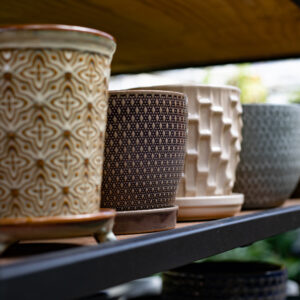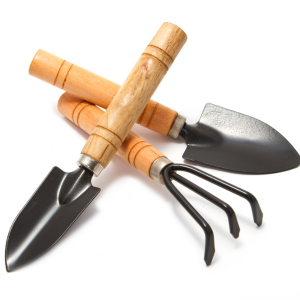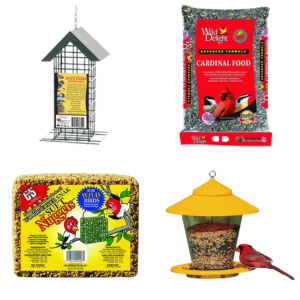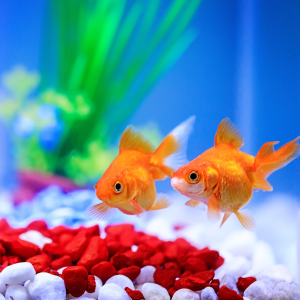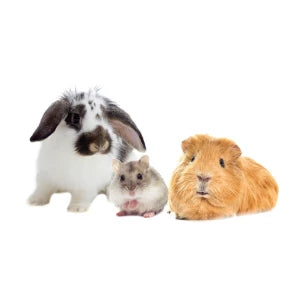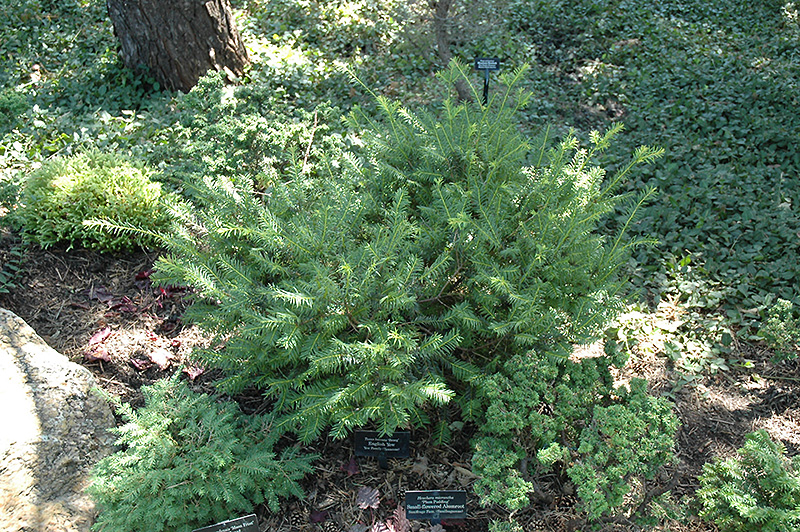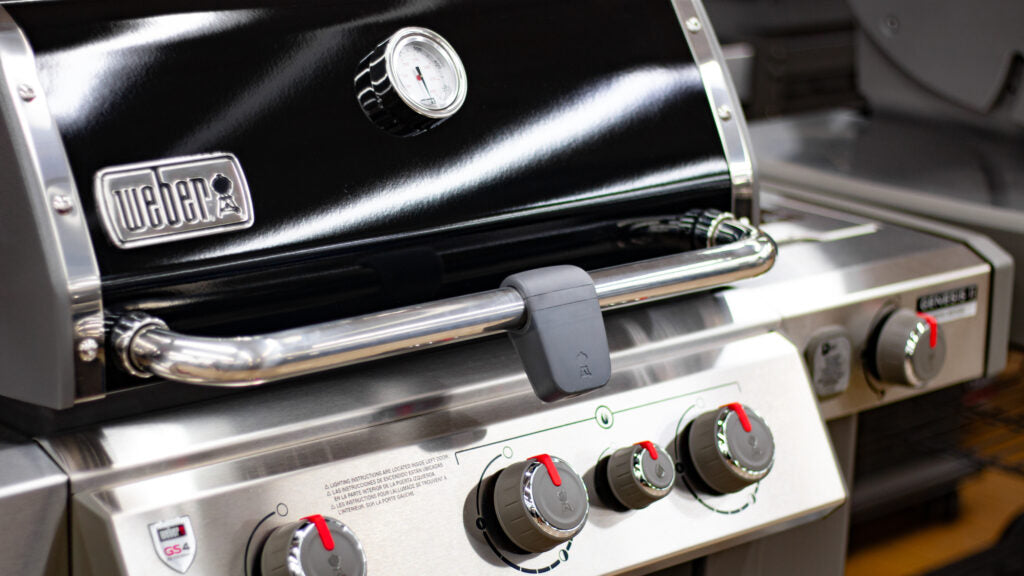Plant Finder
* This is a "special order" plant - contact store for details
Height: 3 feet
Spread: 3 feet
Sunlight:
![]()
![]()
![]()
Hardiness Zone: 5
Other Names: Beach Yew, Common Yew
Description:
A beautiful evergreen shrub with a spreading habit of growth; yellow-gold in spring and summer, maturing to green in fall and winter; excellent form for garden use, reasonably hardy for this species
Ornamental Features
Brzeg English Yew is a dwarf conifer which is primarily valued in the garden for its broadly spreading habit of growth. It has rich green evergreen foliage which emerges yellow in spring. The ferny sprays of foliage turn dark green in the fall, which persists throughout the winter. The fruits are showy red drupes displayed from early to late fall.
Landscape Attributes
Brzeg English Yew is a dense multi-stemmed evergreen shrub with a ground-hugging habit of growth. Its relatively fine texture sets it apart from other landscape plants with less refined foliage.
This is a relatively low maintenance shrub, and can be pruned at anytime. It has no significant negative characteristics.
Brzeg English Yew is recommended for the following landscape applications;
- Mass Planting
- Hedges/Screening
- General Garden Use
- Topiary
Planting & Growing
Brzeg English Yew will grow to be about 3 feet tall at maturity, with a spread of 3 feet. It tends to be a little leggy, with a typical clearance of 3 feet from the ground. It grows at a slow rate, and under ideal conditions can be expected to live for 50 years or more.
This shrub performs well in both full sun and full shade. However, you may want to keep it away from hot, dry locations that receive direct afternoon sun or which get reflected sunlight, such as against the south side of a white wall. It does best in average to evenly moist conditions, but will not tolerate standing water. It is not particular as to soil type or pH. It is highly tolerant of urban pollution and will even thrive in inner city environments, and will benefit from being planted in a relatively sheltered location. Consider applying a thick mulch around the root zone in winter to protect it in exposed locations or colder microclimates. This is a selected variety of a species not originally from North America, and parts of it are known to be toxic to humans and animals, so care should be exercised in planting it around children and pets.
* This is a "special order" plant - contact store for details


